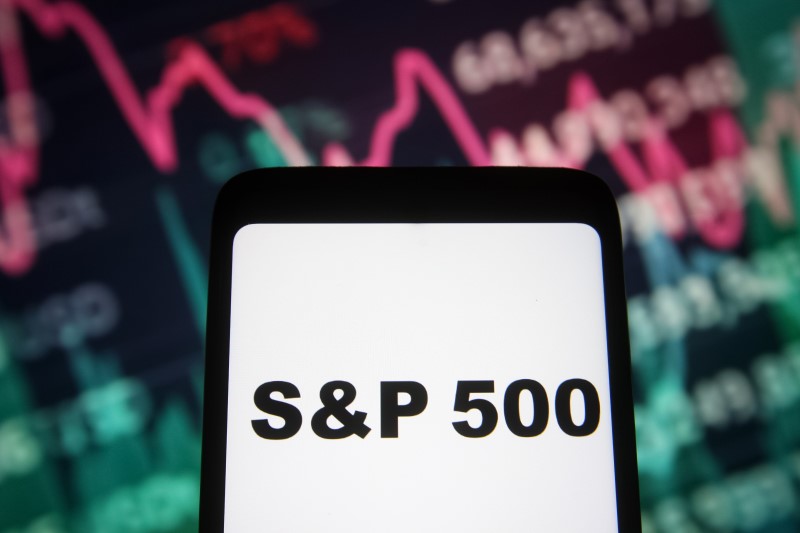Key News
Asian equities were largely higher, with India closed for Dussehra, a major Hindu festival.
Globally, market sentiment is clearly risk-off with the US dollar strengthening despite the US Treasury Yield backing off from 5%. Foxconn’s visit by Chinese tax authorities dominated the airwaves yesterday. Is Apple’s
AAPL
Mainland China rebounded, led by growth stocks, after several positive catalysts yesterday and overnight. Chinese sovereign wealth fund Central Huijin Investments released a statement after yesterday’s market close: “Central Huijin bought exchange-traded open-end index funds (ETFs) today and will continue to increase its holdings in the future.” The brevity reminds me of Teddy Roosevelt’s “Speak softly and carry a big stick.”
Yesterday, Reuters reported that RMB 1 trillion of government debt will be issued to support infrastructure, which was confirmed this morning as China’s budget deficit will be expanded from 3% to 3.8%. The bonds will be used to support local governments. China Foreign Ministry Yi Gang will visit Washington DC as the odds of a Biden-Xi summit next month in San Francisco increase (having married a Bay Area native, don’t ever call the city San Fran as the locals hate it). California Governor Newsom is visiting China to discuss climate change, though locations for a Biden-Xi summit will be on the agenda.
Overnight, President Xi visited the PBOC’s headquarters for the first time in a strong sign that the economy is on his radar. There are reports that a government economic policy meeting will take place next week. Reuters reported that “Officials from the United States and China on Monday held a two-hour long virtual meeting to discuss domestic and global macroeconomic developments,…calling the meeting “productive and substantive.” China-U.S. Economic Working Group’s first meeting is the outcome of Janet Yellen’s meeting with China’s He Lifeng. It is being reported that China’s defense head has been removed, which is a positive as US sanctions on him prevented him from speaking to his US counterparts.
Mainland China posted gains, led by growth stocks and sectors, with all sectors positive except consumer discretionary, while breadth was strong. The Shanghai Composite closed above 2,900 while the Shenzhen closed at 1,800, which are both below my “lines in the sand” of 3,100 and 1,900. Foreign investors sold -$690 million of Mainland stocks via Northbound Stock Connect, concentrated on mega/large-cap growth stocks like Kweichow Moutai, CATL, and BYD. Hong Kong returned from its three-day weekend, playing catch up to the downside despite the positive developments with healthcare outperforming. Internet names were off, with Kuaishou’s Chairman stepping down cited as a negative catalyst, though CEO and co-founder Cheng Yixiao will take over the role. The downdraft is despite JD.com kicking off its Singles Day promotions, while Alibaba started its promotions today. JD.com’s initial efforts appear quite strong. Unfortunately, investors are in risk-off mode despite the positives developing.
Last night, I caught up with an investor allocated to the Chinese healthcare sector. Like other growth sectors favored by domestic and foreign investors, China’s healthcare has struggled as it is not a defensive sector due to the high growth rates of the companies. The stocks have been weighed on by selling driven by predominantly non-fundamental factors such as geopolitics, Holding Foreign Companies Accountable Act/ADR delisting, 14 years/56 quarters of US equity outperformance, real estate/China’s Lehman moment, slow economy recovery post-Zero COVID, etc/you get my point. To prove this point, I looked at a big company in the space, Wuxi Biologics (2269 HK), which develops and manufactures drugs. In 2020, Wuxi Biologics had revenue of RMB 5.6B, EPS of RMB 0.41, and the stock traded at RMB 100 at year-end. For 2023, the company is expected to have revenue of RMB 19.6B, EPS of RMB 0.56, and stock is trading at RMB 46 today. That makes sense, right? Of course not. Is every Chinese healthcare company like this one? Of course not, but neither is alone.
The Hang Seng and Hang Seng Tech indexes fell -1.05% and -1.07%, respectively, on volume that increased +8.67% from Friday’s close, which is 79% of the 1-year average. 182 stocks advanced, while 296 declined. Main Board short turnover declined -13.04% from Friday, which is 80% of the 1-year average as 17% of the turnover was short turnover (remember Hong Kong short turnover includes ETF short volume, which is driven by market makers’ ETF hedging). Growth and value factors were down while small caps “outperformed”/fell less than large caps. The top sectors were healthcare +2.16%, materials +0.38%, and utilities +0.2%, while tech -1.93%, communication -1.89%, and real estate -1.62% were the worst. The top sub-sectors were food/staples, pharmaceuticals, and household products, while technical hardware, software, and semis were the worst. Southbound Stock Connect volumes were moderate as Mainland investors bought $297 million of Hong Kong stocks and ETFs with Meituan moderate/large net buy while the Hong Kong Tracker ETF was a moderate/large net sell and Tencent a small net sell.
Shanghai, Shenzhen, and STAR Board gained +0.78%, +1.36%, and +1.25%, respectively, on volume that increased +11.5% from yesterday, which is 92% of the 1-year average. 4,399 stocks advanced, while 539 declined. The growth factor outperformed the value factor, while small caps outperformed large caps. The top sectors were real estate +1.46%, communication +1.33%, and utilities +1.28%, while consumer discretionary was down -0.26%. The top sectors were office supplies, leisure products, and the chemical industry while building materials, telecom, and auto were the worst. Northbound Stock Connect volumes were moderate/high as foreign investors sold -$690 million of Mainland stocks with Foxconn, broker East Money, and ZTE small net buys, while Kweichow Moutai, CATL, and BYD were large/moderate net sells. CNY was off slightly versus the US dollar, though the Asia dollar index gained. Treasury curve steepened while copper and steel were bought.
Upcoming Webinar
Join us Wednesday, November 1st, at 7:30 pm EDT for our live webcast:
Decoding China’s Real Estate Sector with Nikko AM & Deep Dive On Chinese Asset Class Opportunities
Please click here to register.
Join us Thursday, November 2nd, at 2:00 pm GMT for our live webcast:
China Q3 Review: Unveiling the Gap Between China’s Strong Fundamentals and Equity Performance
Please click here to register.
Last Night’s Performance
Last Night’s Exchange Rates, Prices, & Yields
- CNY per USD 7.31 versus 7.31 yesterday
- CNY per EUR 7.77 versus 7.76 yesterday
- Yield on 10-Year Government Bond 2.71% versus 2.70% yesterday
- Yield on 10-Year China Development Bank Bond 2.76% versus 2.75% yesterday
- Copper Price +0.42% overnight
- Steel Price +0.39% overnight
Read the full article here







